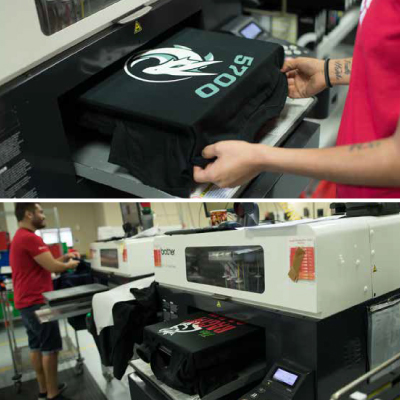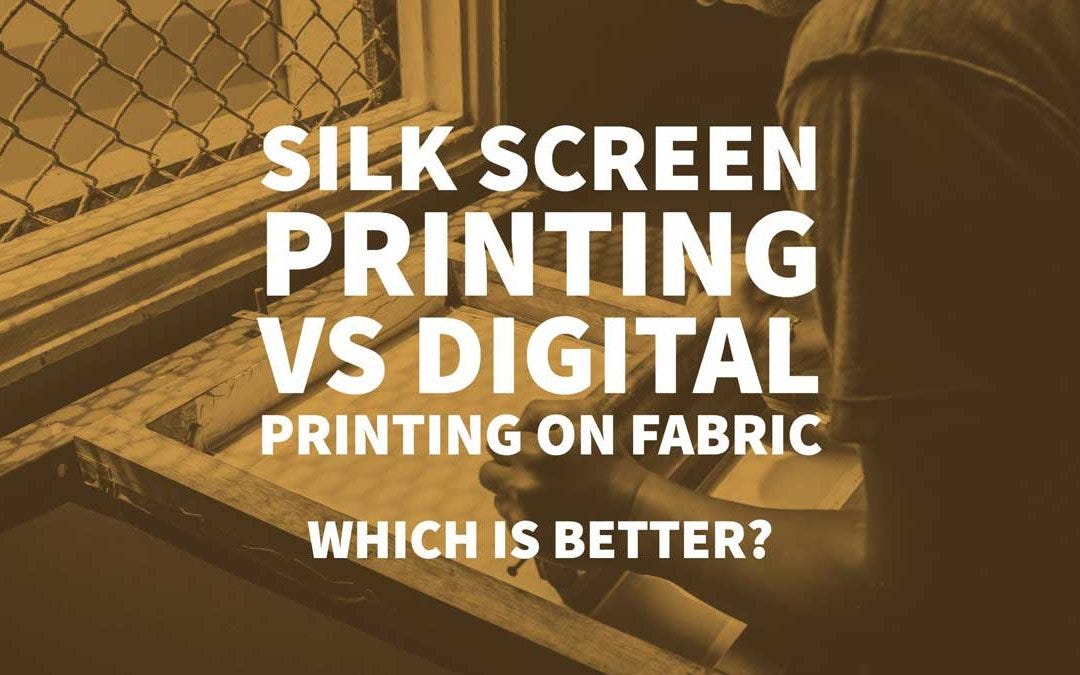Rumored Buzz on Tx Tees
Rumored Buzz on Tx Tees
Blog Article
A Biased View of Tx Tees
Table of ContentsWhat Does Tx Tees Do?What Does Tx Tees Do?The Main Principles Of Tx Tees Excitement About Tx TeesThe Buzz on Tx TeesAbout Tx TeesThe smart Trick of Tx Tees That Nobody is Discussing
That brings your total to about $1,900 gross and shipping. Add up various other prices, like the number of utilities it requires to run the shop and the cost of ink and solution per design. screen printer. Take the print listed below. This is a one-color picture, so the cost of ink per shirt is about 20 cents.The solution needs to only be a few cents considering that you 'd just require to coat one screen for this task. Exactly how much should you bill per t shirt to make a profit? Typically, printers attempt to make up to 45% earnings on a print work. Below's a table to help you identify that: overall expense per product percent of preferred earnings as a decimal (instance:.25 or.45) earnings made per thing per work Currently allowed's discuss the success of DTF.

With DTF, you can publish a handful of t-shirts, or simply one. Both display printing and DTF have their niches in the globe.
The 3-Minute Rule for Tx Tees
The ideal method to recognize? Ask about and see what printing shop like yours are doing. t-shirt printing. Try both out and see which you like far better
When you're picking what kind of printing method to utilize for printing your art work styles on your garments, it is essential that you know the differences between these two techniques so you can optimize outcomes while minimizing costs. Screen printing is the most typically utilized method for printing styles on textiles.
DTG printing is also known as spot or direct to garment printing because it prints only what is required as opposed to making a display as display printers do. https://experiment.com/users/txtees02. Display printing functions by screen filler squeegee screen printing ink display mesh screen, after that transferring the photo to garment utilizing warmth and/or pressure
The DTG printer uses special dye-sublimation inks that are applied into a pre-designed image by a digital printing system. The inks enter into the textile, enabling for vibrant shades and remarkable information. It's also called spot or straight to garment printing since it prints only what is required rather than making a screen as display printers do.
Tx Tees Can Be Fun For Anyone
Initially, it's much faster - you can print a fullcolor image in minutes, rather than hours for display printing. Second, there's no established time or costs involved - you can print any type of style you such as, without needing to produce a display initially. Third, there's no waste - because screen printers display print one layout at once, they need to evaluate each shade independently.
The paper is really expensive and can just be utilized when. Once it's printed on, it has to be disposed of. - The preliminary purchase price is lower than the ahead of time financial investment of DTG printers- You can publish multi-color styles one screen at a time rather than needing to publish each shade individually like DTG printing.

4 Easy Facts About Tx Tees Described
Rather of making use of screen mesh as screen printers do, color sublimation printers make use of laser technology to transfer your pictures onto garments or paper. A warmth procedure transfers the dye from its solid-state straight right into the gas stage which in turn merges it onto material substratums when they are swiftly heated to high temperatures under high stress.
Sublimation printing is eco-friendly. It utilizes less water than screenprinting, and due to the fact that it does not entail the use of damaging solvents, it's risk-free for all sorts of garments. The color sublimation inks are also odor free when treated, unlike screen printers that utilize dangerous chemicals throughout the display Home Page printing procedure that leave behind an undesirable odor.
They also save money on costly devices like exposure systems considering that dye sublimation printers don't need a UV exposure system or a flash remedy oven that is usually used in display printing (screen printing shop). What is straight to garment printing (DTG Printing)? DTG printing is an electronic screenprinting procedure that prints directly onto fabric using specialized inkjet printers
The Buzz on Tx Tees
DTG printing supplies lots of benefits over traditional screenprinting, consisting of the capability to print photo quality photos, higher color vibrancy, and the capacity to print layouts on darker materials. DTG printers work by warming the textile ink till it turns right into a gas. The gas then permeates the material, bonding with the fibers to create an irreversible print.

Display printers just prepare their screen then start publishing till they lack item or ink.- There is a large variety of knowledgeable screen printers around the world, which can be useful for beginners. - It's a slower process - display printers usually need to wait on the ink to dry before they can publish the following color- Screen printers call for manual work, so there's a higher learning contour and it takes longer to generate a top notch style- Screen printing isn't as exact as DTG printing, so you might get some "bleeding" of shades from one part of the image onto an additional if not done correctly.
The Greatest Guide To Tx Tees
Nevertheless, as opposed to utilizing display mesh as screen printers do, color sublimation printers use laser modern technology to transfer your photos onto garments or paper. A warmth process moves the color from its solid-state directly right into the gas stage which in turn merges it onto fabric substrates when they are swiftly heated to high temperatures under high stress.
Sublimation printing is environmentally friendly. It utilizes much less water than screenprinting, and because it does not entail the use of dangerous solvents, it's safe for all types of clothing. The color sublimation inks are also odor free when healed, unlike display printers that use damaging chemicals throughout the display printing process that leave behind an unpleasant odor.
They additionally conserve cash on costly equipment like exposure systems given that color sublimation printers don't require a UV exposure system or a flash remedy stove that is commonly used in screen printing. What is direct to garment printing (DTG Printing)? DTG printing is a digital screenprinting process that prints directly onto fabric utilizing specialized inkjet printers.
About Tx Tees
DTG printing provides many benefits over traditional screenprinting, consisting of the capacity to publish photographic quality images, greater shade vibrancy, and the capacity to print designs on darker fabrics. DTG printers function by heating up the textile ink until it develops into a gas. The gas then permeates the textile, bonding with the fibers to develop a long-term print.
Report this page